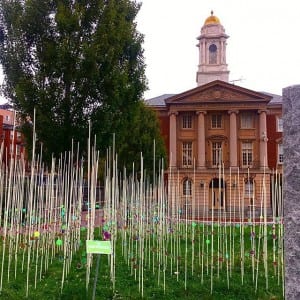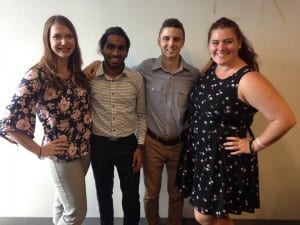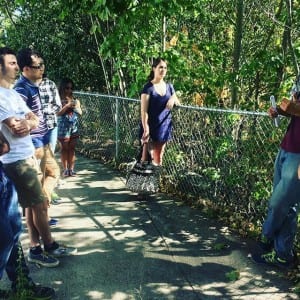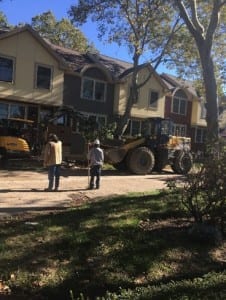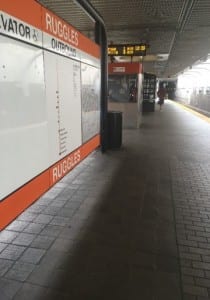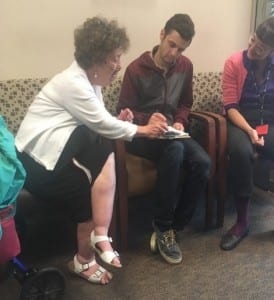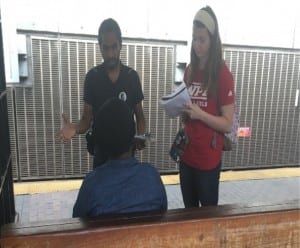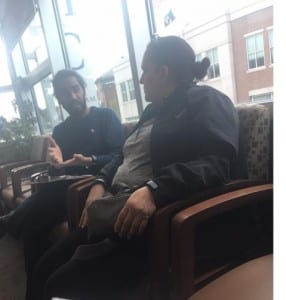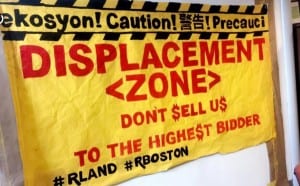- Info for Sponsors
- About
- Contact Us
- Projects Completed
- Boston Harbor
- Community Science Project Options for Monitoring Coastal Change Effects on the Boston Harbor Islands
- Developing Policy Recommendations to Reduce Waterfront Flood Vulnerability in Boston
- Proposals for Mixed-Use Innovations in Boston’s Maritime Industrial Areas
- Evaluating the Vulnerability of Boston’s Inner Harbor Designated Port Areas to Sea Level Rise and Coastal Storms
- Climate Mitigation & Adaptation
- Assessing Heat Risks to Prepare Chelsea, Massachusetts for a Changing Climate
- Assessing opportunities for air pollution mitigation in Chelsea, MA
- Chemical Safety and Climate Change Resiliency
- Creation of Flood Risk Adaptation Measures for Critical Public Facilities in Chelsea, Massachusetts
- Evaluation of the Massachusetts Office of Technical Assistance and Technology’s Chemical Safety and Climate Change Resiliency Services
- Preparing the City of Chelsea, Massachusetts to Better Adapt to Climate Change
- Conservation
- A Framework to Assess Alternative Vertical Line Rope Technology to Alleviate North Atlantic Right Whale Entanglement
- Chelsea Mill Creek Salt Marsh Restoration
- Citizen Science on the Muddy River: Low-Cost Methods for Accessing River Conditions
- Emerging Technologies: Bringing the North Atlantic Right Whale to Life at the New England Aquarium
- Framework to Develop a North Atlantic Right Whale Video Game
- Economic Well-Being
- Education
- An Evaluation of the Chelsea Collaborative Summer Youth Employment Initiative
- Bringing the Cratersville Vision Down to Earth: The Plan for a Simulated Lunar Base Architectural Contest
- Developing an app to help people learn about and recreate around rivers in Massachusetts
- Evaluating CSO and SSO Notifications to the General Public and Board of Health in Massachusetts
- Energy Systems
- Addressing Vulnerabilities and Emergency Power Capacities in the Wastewater Sector of Massachusetts
- Advancing Renewable Thermal Programs through Case Studies
- Assessment of Massachusetts’ Waste-Sites for Potential Photovoltaic System Development
- Evaluation of the Community Clean Energy Resiliency Initiative Application Process
- Public Health
- An Analysis of Cyanobacteria Harmful Algal Blooms in Massachusetts and Methods of Prevention and Event Response
- Assessing and developing recommendations to improve the services of the Massachusetts Toxics Use Reduction Act (TURA) Program
- Developing strategies to create spaces that promote wellness and positive mental health among tenants in subsidized housing
- Developing Strategies to Improve Farm Labor Camp Housing Policy in Massachusetts
- Inventory and Analysis of the Downtown Boston Parking Freeze
- Mapping Environmental Injustice in Chelsea, MA
- Strategies to Implement Proposed Combined Sewer Discharge Community Notification Requirements in Massachusetts
- Understanding the Impacts of Displacement and the Use of Public-Transportation on Access to Health Care
- Sustainability
- An Evaluation of the Impacts of the Greening the Gateway Cities Pilot Program
- Developing a Platform for Distributing Information on Community and Renewable Microgrids in the United States
- Developing Criteria for Green Space Implementation on Vacant Lots in Massachusetts Cities
- Increasing Community Resiliency through the Development of Microgrids in Cambridge, MA
- Urban Planning
- An Assessment of the Preferences of Urban Residents for Green Space
- Analyzing the Socioeconomic Impacts of Nuclear Power Plant Closure
- Assessing the use of landscape architecture to create open spaces for community and environmental benefits in urban areas
- DEP GIS Mapping Effectiveness
- Promoting Public Uses on the Chelsea Waterfront
- Promoting the Use of Green Roofs on Street-Level Surfaces to Improve Public Awareness about Stormwater Management in Boston
- Reducing Costs for Meeting Stormwater Regulations for Small to Mid-size Communities in Massachusetts
- Supporting implementation of a new state law requiring public notification of combined sewer system overflows
- Water Resources
- A Framework for Assessing Impacts of Road Salt on Groundwater Supplies in Massachusetts
- An Assessment of Options for the Future of Brockton’s Desalination Facility
- Assessing Green and Efficient Remediation at Waste Sites
- Assessing Stakeholder Feedback on Implementation of New Nitrogen Reducing Regulations on Cape Cod
- Assessing the Impacts of COVID-19 Pandemic on Public Water Supply Consumption in MA
- Providing Guidance to Massachusetts Public Water Suppliers on Cyanobacteria Contamination of Public Drinking Water
- Waste Water Energy Recovery and its Implementation in the Commonwealth of Massachusetts
- Boston Harbor
- Welcome



